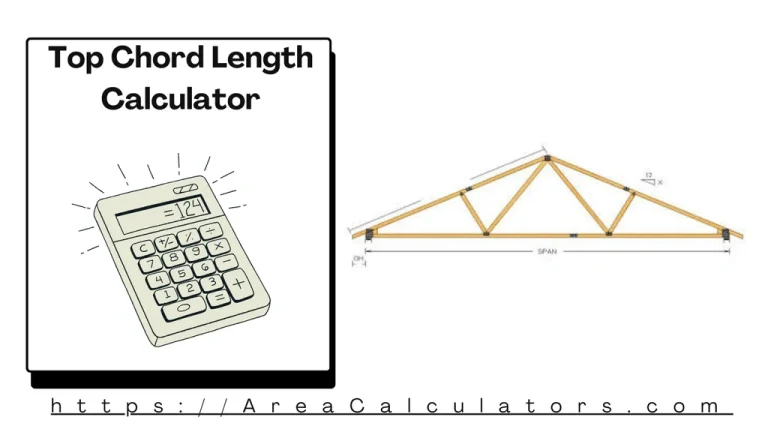Conservation of Momentum Calculator (Final Velocity)
To find the final velocity using conservation of momentum, multiply the masses by their velocities before the collision, sum them, and divide by the total mass.
The Conservation of Momentum Calculator calculates the final velocity of a system after a collision or interaction, based on the principle that momentum is conserved in isolated systems. This tool is widely used in physics to analyze collisions, explosions, and other interactions. Understanding the final velocity helps in solving problems involving kinetic energy, motion dynamics, and impact forces.
Formula:
Vf = (m₁v₁ + m₂v₂) / (m₁ + m₂)
| Variable | Definition | Units |
|---|---|---|
| Vf | Final velocity | m/s or ft/s |
| m₁, m₂ | Mass of objects 1 and 2 | kg or lb |
| v₁, v₂ | Initial velocities of objects | m/s or ft/s |
Solved Calculations:
Example 1: Two objects with masses 5 kg and 3 kg collide. Object 1 moves at 4 m/s, and object 2 at -2 m/s. Find the final velocity.
| Step | Value | Explanation |
|---|---|---|
| Mass 1 (m₁) | 5 kg | Given |
| Velocity 1 (v₁) | 4 m/s | Given |
| Mass 2 (m₂) | 3 kg | Given |
| Velocity 2 (v₂) | -2 m/s | Given (negative for opposite direction) |
| Total momentum | ||
| Total mass | Combine masses | |
| Final velocity (Vf) | Divide momentum by total mass |
Example 2: A 10 lb object moving at 6 ft/s collides with a stationary 5 lb object. Find the final velocity.
| Step | Value | Explanation |
|---|---|---|
| Mass 1 (m₁) | 10 lb | Given |
| Velocity 1 (v₁) | 6 ft/s | Given |
| Mass 2 (m₂) | 5 lb | Given |
| Velocity 2 (v₂) | 0 ft/s | Stationary object |
| Total momentum | ||
| Total mass | Combine masses | |
| Final velocity (Vf) | Divide momentum by total mass |
What is the Conservation of Momentum Calculator (Final Velocity)?
The Conservation of Momentum Calculator (Final Velocity) is a valuable tool which is designed to determine the final velocity of objects involved in a collision or interaction, based on the principles of momentum conservation.
It applies the fundamental law stating that the total momentum before a collision equals the total momentum after, assuming no external forces interfere.
This calculator simplifies complex calculations by requiring inputs like the masses and initial velocities of the objects. With this data, it computes the final velocity efficiently, offering a practical solution for physics problems, engineering applications, and collision analysis.
Whether analyzing elastic or inelastic collisions, the tool is indispensable for accurately solving momentum-related scenarios. It finds applications in fields such as physics education, automotive safety design, and aerospace engineering, where understanding momentum is crucial.
Final Words
In essence, the Conservation of Momentum Calculator (Final Velocity) is an indispensable resource for calculating velocities post-collision, ensuring precision and simplicity in analyzing real-world and theoretical momentum conservation problems.


